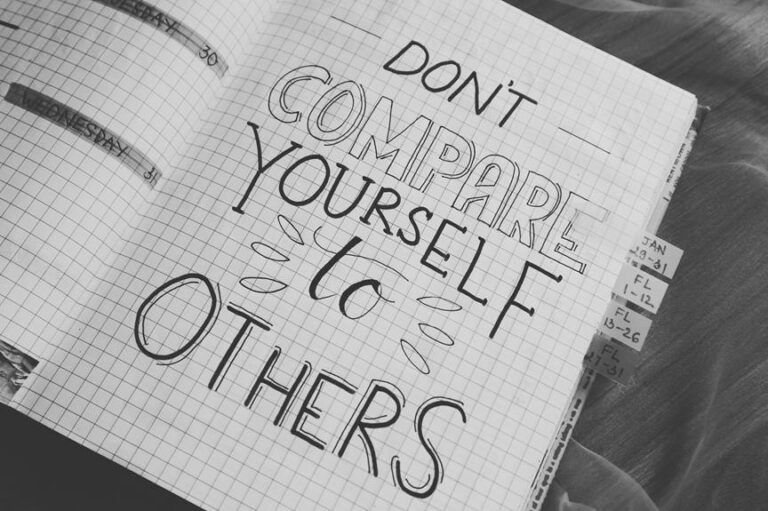Demo Bindings Vs Regular – Expert’s Choice!
Are you torn between demo bindings and regular bindings for your next ski adventure? Like two sides of a coin, these bindings offer different benefits and drawbacks.
Demo bindings provide the flexibility to adjust and customize for various boot sizes and mount points, making them ideal for rental or demo purposes. However, they may sacrifice some performance and can be challenging to step into in certain conditions.
On the other hand, regular bindings offer a simpler design and are commonly used for personal skis. But before you make your decision, there are more aspects to consider.
So, let's dive into the discussion and explore the pros and cons of demo bindings versus regular bindings.
Pros of Demo Bindings
Demo bindings offer great adjustability and flexibility, making them an excellent choice for skiers seeking easy customization and a versatile skiing experience. When comparing demo bindings to regular bindings, one notable advantage is their adjustability compared to fixed mount points. With demo bindings, you have the freedom to try different mount points on your ski, allowing you to find the perfect balance between stability and playfulness. This adjustability is especially beneficial for skiers who like to experiment and fine-tune their skiing experience.
Another advantage of demo bindings is their convenience as rental bindings. Because they can accommodate a wide range of boot sizes and styles, demo bindings make it easy to set up ski rentals or loan skis to friends and family with different boot sizes. This not only saves time and effort but also provides a more inclusive and enjoyable experience for everyone involved.
Furthermore, demo bindings offer faster customization compared to regular bindings. The easy adjustment mechanism allows you to quickly and effortlessly adapt the bindings to your specific preferences. Whether you prefer a more forward or centered stance, demo bindings make it convenient to make these adjustments on the fly.
Cons of Demo Bindings
When considering the drawbacks of demo bindings, it's important to take into account the potential impact on performance and safety. While demo bindings offer the convenience of adjustability, they do come with some disadvantages.
One major drawback is the added weight and complexity that demo bindings can introduce to your skis. This extra weight can affect your skiing performance, making it harder to maneuver and control your skis.
Additionally, demo bindings may have a higher position of the boot compared to regular bindings. This change in position can have a negative impact on performance for some skiers, affecting their balance and ability to carve turns effectively.
Furthermore, the added complexity of demo bindings increases the likelihood of malfunction, which can be a safety concern. Standard bindings, on the other hand, are known for their reliability and precision, offering better performance overall.
Lastly, there's a risk of theft and unauthorized adjustment with demo bindings. Since they're easily adjustable, someone could tamper with the bindings without your knowledge, compromising both your safety and the performance of your skis.
Considering these cons, if you're a serious skier looking for optimal performance and safety, it's recommended to buy a pair of skis with regular bindings rather than relying on demo bindings.
Advantages of Regular Bindings
Regular bindings offer several advantages over demo bindings. When it comes to choosing bindings for your snowboard, it's important to consider the benefits of regular bindings. Here are four reasons why regular bindings are the better choice:
- Durability: Regular bindings are built to last. Unlike demo bindings, which are often made with cheaper materials to accommodate multiple users, regular bindings are designed for long-term use. They can withstand the wear and tear of frequent snowboarding without compromising their performance.
- Customization: Regular bindings allow for a more personalized fit. With adjustable straps, highbacks, and baseplates, you can fine-tune the bindings to match your specific preferences and riding style. This level of customization ensures optimal comfort and control on the slopes.
- Consistency: Regular bindings offer a consistent riding experience. Since demo bindings are often shared among different riders, they may not be properly adjusted or maintained. This can lead to inconsistent performance and potentially affect your confidence on the mountain.
- Performance: Regular bindings are designed for maximum performance. They're engineered with the latest technologies and innovative features to enhance your snowboarding experience. The retail versions often incorporate advancements that may not be available in the demo version, ensuring better responsiveness and power transfer.
Disadvantages of Regular Bindings
One drawback of regular bindings is that they may limit your range of motion. Unlike demo bindings, regular bindings have a fixed toe piece and stack height. This can restrict your ability to flex and extend your ankles, which is essential for maintaining balance and making precise movements on the slopes. Additionally, regular bindings lack the movable toe feature found in demo bindings, which allows the boot to pivot slightly from side to side. This pivot allows for better edge control and can greatly enhance your skiing experience.
Furthermore, regular bindings have been known to have a higher chance of malfunction compared to demo bindings. The simplicity of demo bindings makes them less prone to issues, while the additional parts and complexity of regular bindings increase the likelihood of something going wrong. This not only poses safety concerns but can also affect your overall performance on the mountain.
In terms of performance, regular bindings may also have a negative impact. The higher position of the boot in demo bindings allows for better power transmission and more direct control of the skis. With regular bindings, the higher stack height can create a disconnect between your boot and the ski, resulting in reduced precision and responsiveness.
Making the Decision: Demo Bindings or Regular?
If you're trying to decide between demo bindings or regular bindings, consider the advantages and disadvantages mentioned earlier to make an informed choice. Both options have their pros and cons, so it's important to weigh them carefully before making a decision.
Here are four factors to consider when choosing between demo bindings and regular bindings for your pair of skis:
- Flexibility and Customization: Demo bindings offer adjustability, allowing you to easily customize them to accommodate different boot sizes and styles. This can be particularly useful if you have multiple people using the same pair of skis or if you frequently change your boots.
- Performance: While demo bindings may have slightly lower performance compared to permanent bindings, the difference may not be noticeable for most skiers. Unless you're an advanced skier who prioritizes power transmission and precision, demo bindings should suffice for your needs.
- Practicality: Demo bindings are practical for ski rental shops as they're quick to set up and offer versatility for different boot sizes. If you plan on renting skis frequently or sharing them with others, demo bindings may be the more convenient option.
- Maintenance and Ease of Use: Demo bindings may require additional maintenance and adjustments compared to regular bindings. Additionally, some skiers may find it challenging to step into demo bindings in certain conditions. If you prefer a hassle-free experience and minimal adjustments, regular bindings might be a better choice.
Consider these factors when making the decision between demo bindings and regular bindings to ensure you choose the option that best suits your skiing needs.
Frequently Asked Questions
Are Demo Bindings Different?
Demo bindings are different from regular bindings. They offer pros like easy adjustment, but may have cons like slightly less performance. They adjust to different boot sizes and affect ski flex and responsiveness. They're also convenient for rental experiences.
Are Demo Bindings Heavier?
Demo bindings may be heavier than regular bindings, but they offer pros like adjustability and customization options. While they might impact ski performance slightly, advanced skiers who prioritize precision might prefer regular bindings.
How Do Demo Bindings Work?
Demo bindings offer benefits such as adjustability and compatibility with different ski boots. They are durable and allow for proper installation and setup on skis. Enjoy the flexibility and convenience of demo bindings for a customized skiing experience.
Can You Replace Demo Bindings on Skis?
Yes, you can replace demo bindings on skis. However, there are pros and cons to consider. Demo bindings allow for easy adjustment of boot sizes, but they may not provide the same performance as regular bindings.
Conclusion
In conclusion, when deciding between demo bindings and regular bindings, it ultimately comes down to personal preference and intended use.
Demo bindings offer great adjustability and convenience for rental and demo purposes, but may sacrifice some performance.
Regular bindings provide a simpler and lighter design for personal skis, but have limited adjustability.
Consider your skiing style and needs before making a decision.






